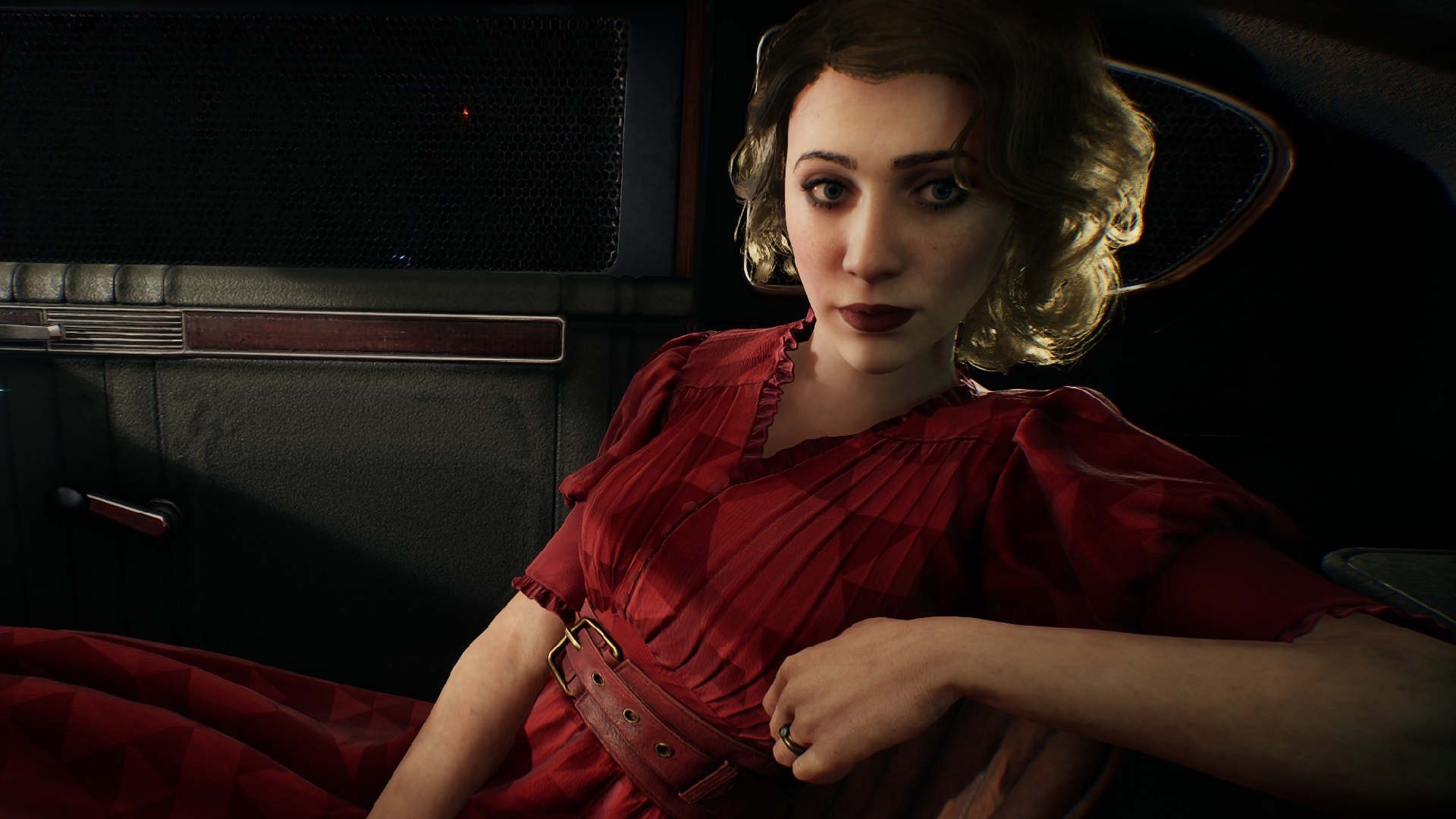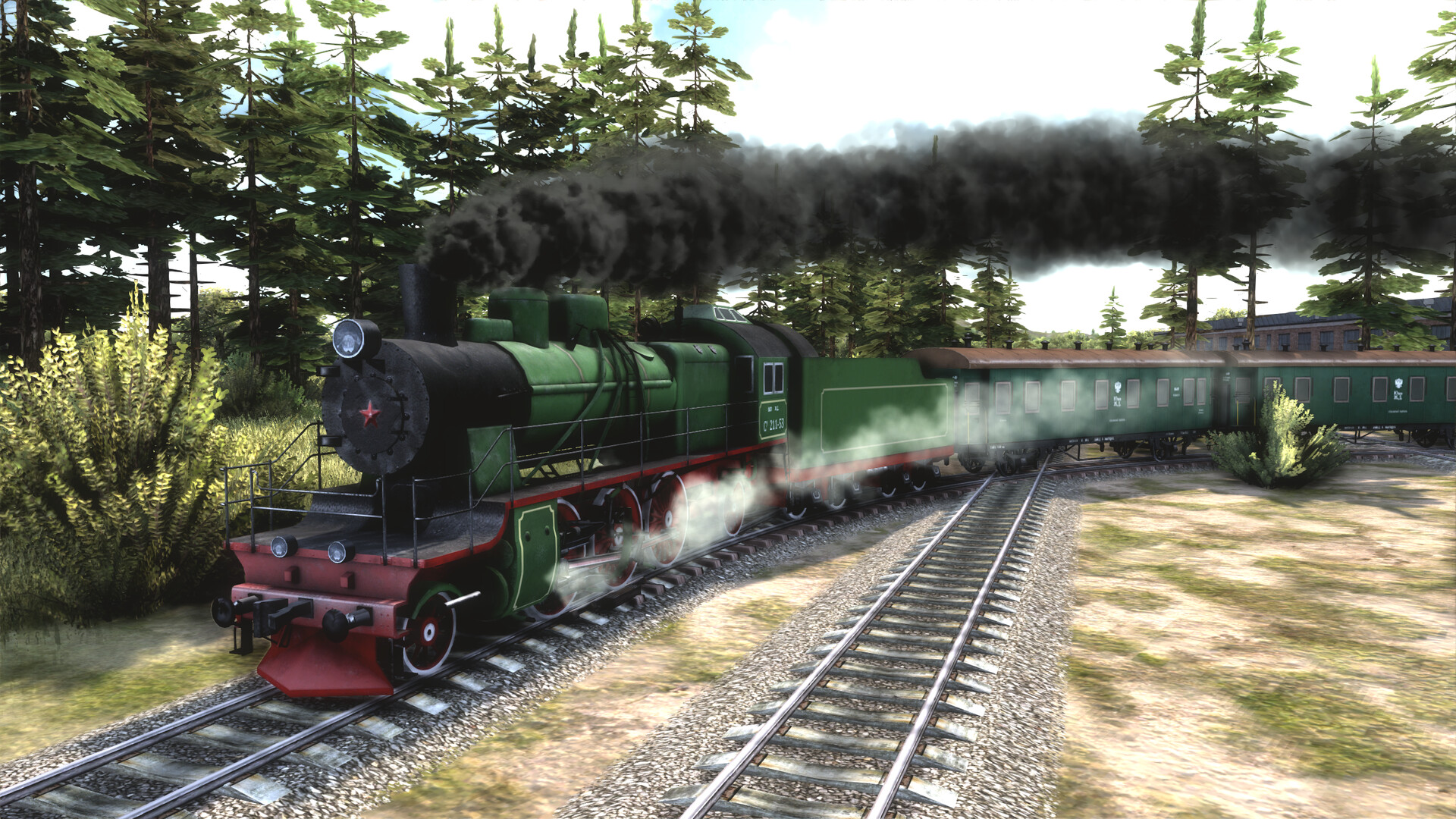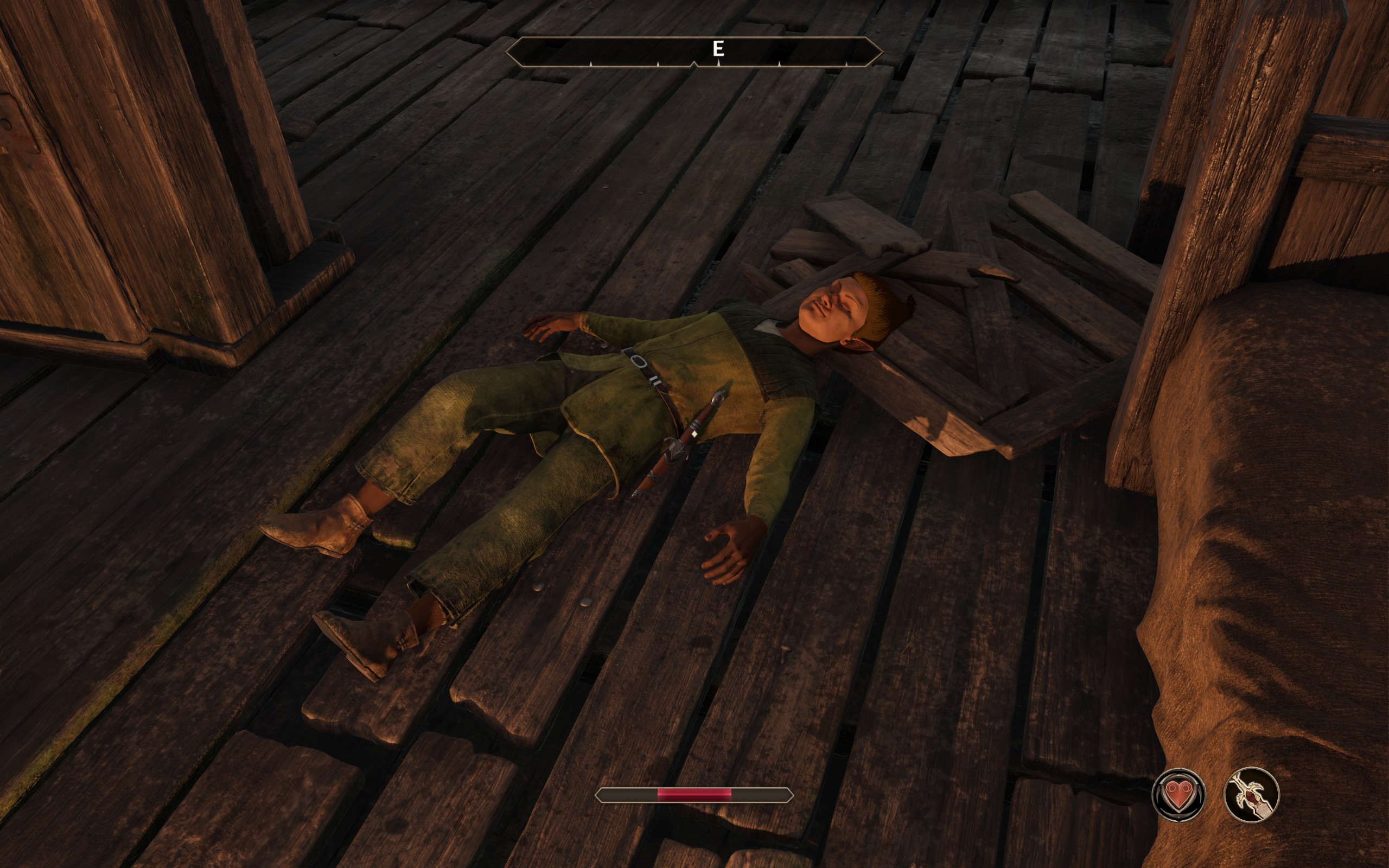
These millennials, Nobody Wants to Die anymore!
Nobody Wants to Die begins with two 2010s storytelling flourishes that made me groan. First, we’ve got some dead wife hallucinations up in here, the favored psychiatric symptom of tough guy protagonists everywhere. The second was the main character, whose name I already forget, making a noise like “Hnnnnrrrraaaaagggh” and looking down at his hands clenching and unclenching while the screen kind of pulses and goes all blurry. This guy has a terminal case of Xbox 360 FPS protagonitis.
But Nobody Wants to Die isn’t an FPS, it’s a first person adventure game set in a dark cyberpunk retro-future, a distinct ’40s noir twang complicating the requisite megabuildings, neon everything, and corporate domination. A sci-fi setting that looks a certain way just for the heck of it is totally fine in my book, but Nobody Wants to Die’s wiseguy future just left me cold.
These are admittedly some good sci-fi cityscapes. (Image credit: Critical Hit Games)
It didn’t help that it opens with—stop me if you’ve heard this one before—an old timey cartoon whose goofy presentation belies the horrible alien morality of its creators, in this case a society where everyone is immortal via consciousness transferring between bodies. I’m sure tons of movies and TV shows pulled this move before Fallout did, but even this trope’s big videogame debut was all the way back in 1997. I didn’t feel shock or surprise at the upbeat music or cartoony guys swapping brains around, just an emotionless register that I was supposed to think “this ain’t my daddy’s dystopian sci-fi!”
The body snatching-based economy strains credulity. That’d be fine if Nobody Wants to Die said or did anything interesting with it, but it does not. The protagonist is 120 years old but he doesn’t feel particularly haunted by that lifespan—you could have told me he’s fortysomething like any number of Philip Marlowe wannabes and I’d believe you.
I’ve enjoyed plenty of first person puzzlers in the past, but Nobody Wants to Die is a chore and a bore.
There are flashes of a smarter, more fun take on this concept scattered throughout the game, when Nobody Wants to Die loosens up a little and explores the logical conclusions of such a society. Health and physical ability are aggressively enforced by the government, since transfer-ready bodies are a valuable commodity controlled by the state, and this has led to a new Prohibition—that’s cool, and very funny! Murder and death aren’t much of a big deal unless a body’s consciousness transfer juice gets borked, but the casual attitude towards mortality this might engender was only briefly touched on in my time with the game, and otherwise you could totally forget that everyone around you is haunted by the ages and jaded by cheap, mildly inconveniencing death.
(Image credit: Critical Hit Games)
Cool stuff like that takes a back seat to the story’s obsession with its own fictional history and boring political intrigue. I don’t care about the Illuminati/Freemasons/whoever’s conspiracy behind the immortal economy, a plotline that gets kickstarted before you’ve even had a chance to get to grips with the setting. Similarly snore-worthy is the relationship between our protagonist and his handler, two individuals with no chemistry and even less charisma.
“Today’s special: Skewered asshole. Get it?” Detective Guy says after finding an impaled body at a crime scene. “Get what?” Mission control lady flatly asks. “He was impaled?” Mr. Detective replies. “Oh forget it.” Firewatch this is not.
While musing about how the body transfer economy favors the wealthy, the protagonist declares: “It’s not an auction anymore, it’s some kind of fucking exclusive bidding club.” Somebody’s gotta fill me in on the finer distinctions between an auction and a bidding club. Would you be surprised to learn the detective protagonist is a loose cannon? “Everyone knows you don’t give two greasy rat shits about regulations,” the mission control lady says, just so we know he doesn’t play by the rules.
Detective vision
It’s corny, wooden stuff that might have made for acceptable bread to an FPS sandwich, but Nobody Wants to Die is an adventure game with the story and characters front and center. I’ve enjoyed plenty of first person puzzlers in the past, but Nobody Wants to Die is a chore and a bore. You have a little device that lets you rewind time to investigate crime scenes, which sounds cool, but the incredible visual of a bombed-out room reassembling itself is undermined by the piecemeal, halting way the game delivers it.
Investigation basically plays like Cyberpunk 2077’s braindance sequences, with you zipping along the timeline of the crime scene looking for anything of note. I liked Cyberpunk’s braindances, but they were minigames in a wider RPG, and rarely overstayed their welcome. Nobody Wants to Die’s investigations have to carry an entire game and are bloated with stultifying busywork.
I felt like a put-upon errand boy, shuffling back and forth in the two crime scenes I endured, fiddling with my detective toys and touching things in the environment to finally make the plot move forward. Nobody Wants To Die’s corkboard and string companion minigame, meanwhile, has an enjoyable degree of freedom to it that elevates it over similar gaming examples like the one in Alan Wake 2, but it can still be effectively brute forced and does not have the juice to power a six-hour game.
(Image credit: Critical Hit Games)
(Image credit: Critical Hit Games)
(Image credit: Critical Hit Games)
(Image credit: Critical Hit Games)
(Image credit: Critical Hit Games)
Nobody Wants to Die is not a good adventure or puzzle experience, and instead feels like someone made a whole game out of the lightly interactive cinematic intro sequence of a triple-A shooter—all it’s missing is somebody walking backwards delivering the exposition. There’s some stuff I liked, despite everything: The environments are meticulously detailed, with clutter and non-plot-related interactive items that make it feel worthwhile to just poke around and explore. It’s also graphically quite pretty, leveraging all that shiny Unreal Engine tech and sweating my graphics card in a good way. I had to lower the settings to “Medium” and still had north of 80% GPU utilization on my RTX 3070, along with a consistent 60fps, still-impressive environments, and few stutters that I noticed.
At the risk of damning Nobody Wants to Die with faint praise, I was also impressed by some of the written reactivity I saw in its opening hours. A cigar purloined from a high-end office was available for me to smoke later on, while my mission control buddy referenced that particular history of larceny when the possibility of stealing evidence came up. Being nice to Ms. Mission Control and not an asshole similarly opened up new dialogue options based on her growing trust.
But after enduring two of Nobody Wants to Die’s projected six hours, I don’t want to play any more of it, and I cannot recommend investing that time or $25 into it. There are better first person adventures, sci-fi detective stories, short games, and cheap games you should check out instead.






